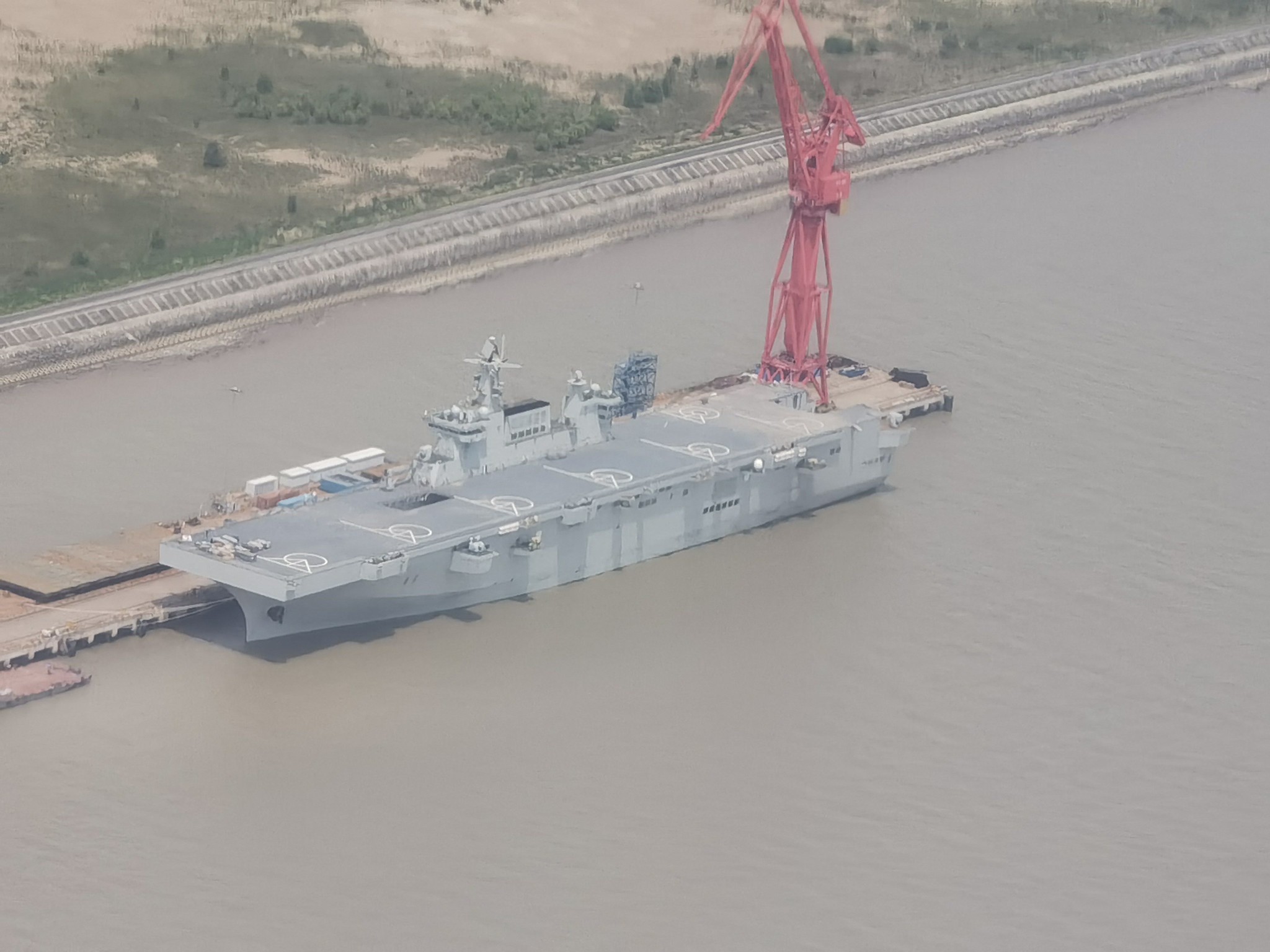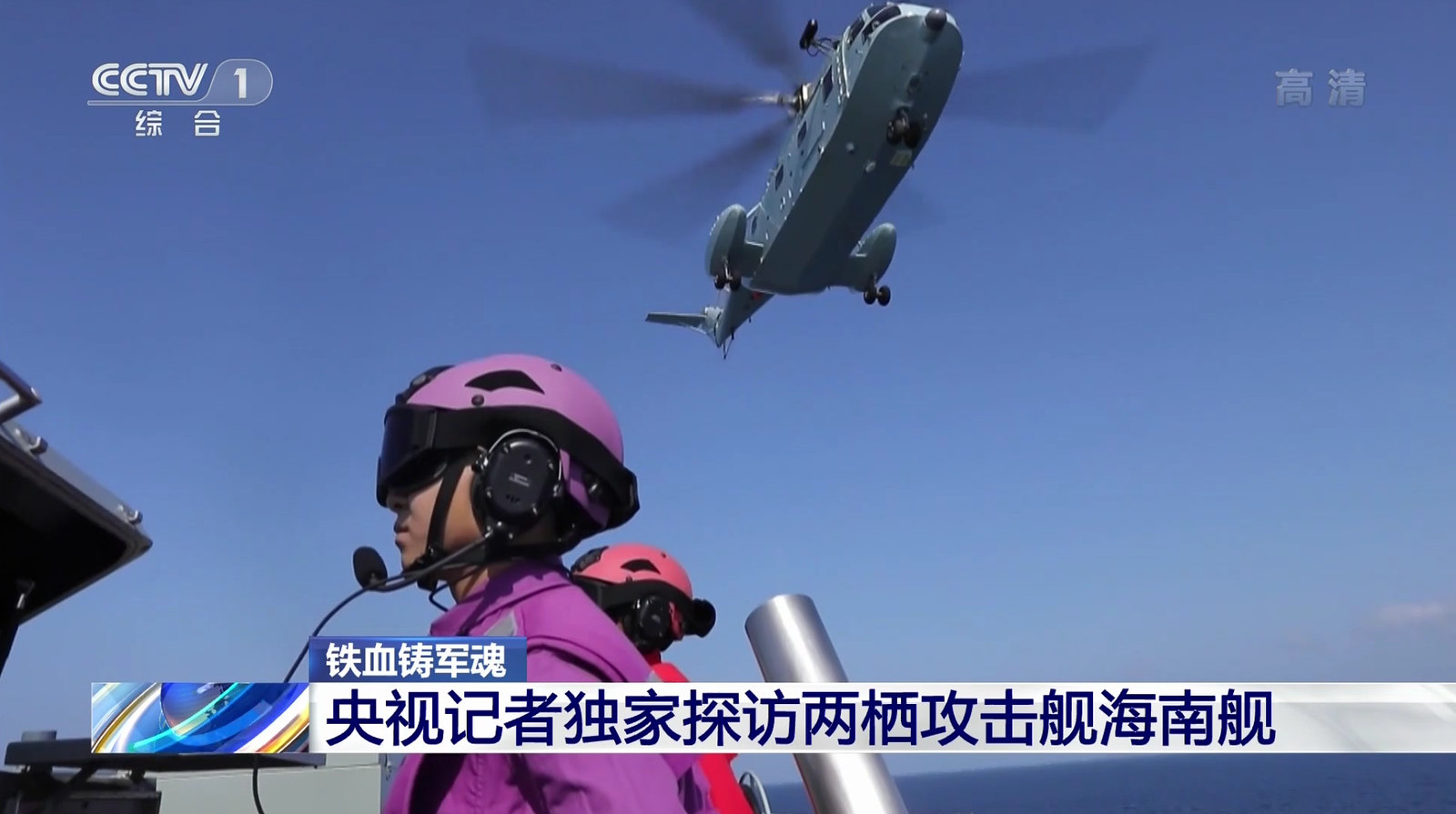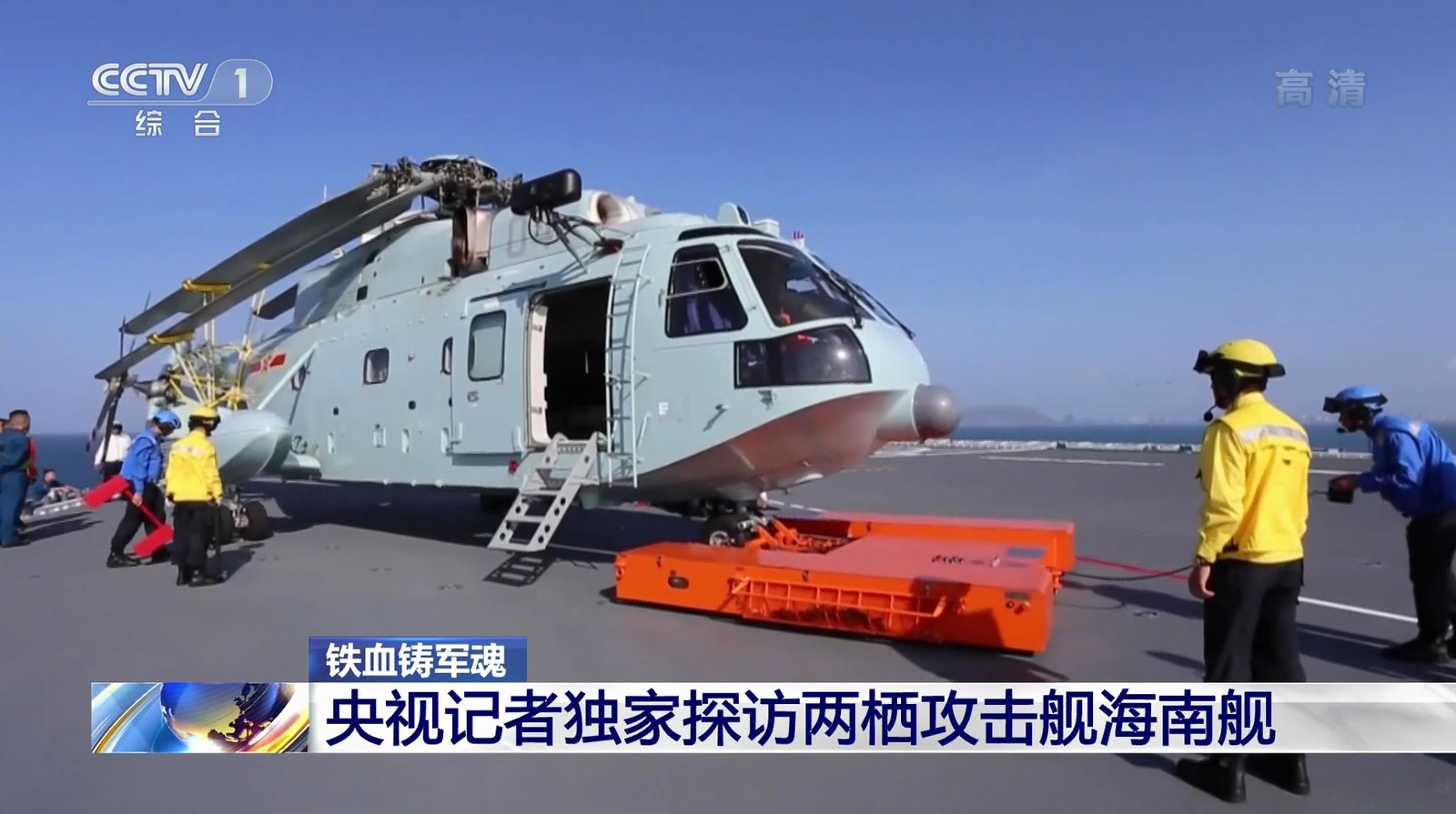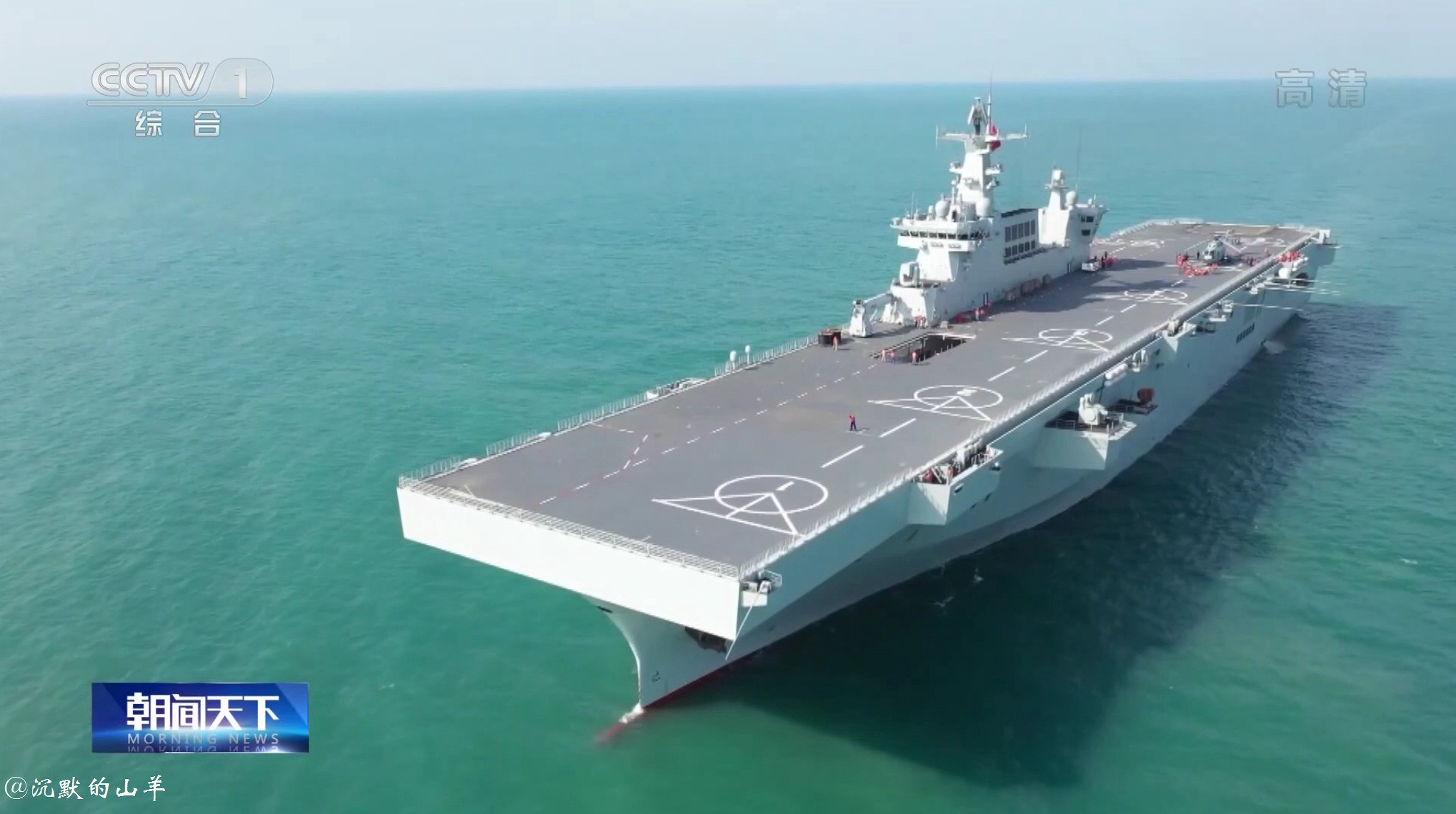Do you have a source for this? I've seen mentions of eight Type 75s in a summary of the next (current) five-year plan and I have heard rumours of more Type 71s but nothing confirmed.
I think what the PLA is doing is growing an expeditionary force that mirrors what the USMC used to be. This is not so much about growing amphibious capability for some hypothetical large operation but developing a force that has a separate doctrine, more suitable to expeditionary forces unlike the PLAs ground force.
Define "large-scale landing". If you mean what I think you mean then there has been no such operation for decades.
Let's run through the basics:
Amphibious assault begins with the establishment of a beachhead. How a beachhead is established depends on the location but typically it requires small ground force at the shore securing a landing zone and a secure perimeter provided by troops inserted via air further into the land. As a principle the beachhead is captured in the least defended area. This is the first wave
The beachhead allows to establish a proper landing zone where the main combat force is deployed with the task of capturing the area within the secured perimeter while the landing zone is developed into an improvised facility so that reinforcements and materiel are delivered to support the assault. This is the second wave.
If there is an existing port facility in reach then the main goal of the first wave is to capture the port because even damaged infrastructure is superior to no infrastructure. If it is a well defended facility then the capture of the port becomes the objective of the second wave or even the entire operation.
Once the area within the perimeter is secured and the landing zone is developed normal land operations commence. This is the "third wave".
The main role of an LHD like the Type 75 is to perform the primary assault. This is why it has both a dock and a landing deck to perform the amphibious and air insertions simultaneously. It also serves as aviation infrastructure as it is much easier to prepare improvised infrastructure for ground element than for aviation. Aviation is also more secure far away from the shore. Ground element can take a limited amount of fire while on the ground. Aviation can't.
LPDs and LSDs like the Type 71 are support ships. They are the modern equivalent of LSTs allowing more flexibility in choice of landing zones because an uncontested landing is the deciding factor so having difficult terrain to deploy your forces is of secondary consideration. This is where LSDs come from - if your forces can disembark further at sea then your options are only limited by the ability of the forces to drive onto the land. The only scenario where such vessel are the primary ship is capture of some minor island or general support operation. They do not have the necessary capability on their own and they were developed alongside the Iwo Jima class in the 60s. The LSD/LPD completmented the LPH/LHD as a better more efficient replacement of the LST fleet. They are only used as primary amphibious ships by several navies due to the limited amphibious capability that those countries require. In the case of NATO countries they simply provide ships for allied operations.
LSTs are not part of the LHD+LPD approach. They are the preceding type of traditional landing ships that are currently only built by countries that have not developed a more complex amphibious doctrine and only plan for limited operations at close distances - often just a sea flanking maneuver.
The first Type 72s, 73s and 74s were designed and built in the 90s. Currently they have their uses as transport ships but the only scenario in which they could be considered as part of the first wave is an all-out invasion of Taiwan which in itself is a strategic failure.
Now the conclusion of this lengthy elaboration is that I don't think we should assume that two generations of amphibious vessels are part of the same plan. China built the LSTs because at the time they were the best they could come up with as a credible threat of amphibious assault - not just against Taiwan but also against the islands in the South China Sea or as tools for the sea flanking maneuver in case of land operations in the north or in the south.
The Type 71 was built as a test platform to develop modern doctrine, well-launched LCAC/LCM operations, greater degree of aviation involvement and power projection at longer distances which even the Type 72A did not allow.
The Type 75 and potentially the future Type 76 is going to be the primary amphibious asset because it allows the necessary speed of deployment and evacuation. Type 71s are slow, especially on the aerial end. PLA might decide to copy the USN/USMC and establish a number of ESG-equivalents that is 1 LHD and 2 LPDs with a battalion-sized MEU-equivalent deployable and drawn from a marine brigade. The brigade then provides rotation of three-four battalion-sized units. If that is the case then six brigades would mean six ESGs. Eight 75s and sixteen 71s won't hurt but it's a bit much, especially when PLA's marines are still being developed and trained. The LSTs don't fit. They are 14-knot vessels while the larger ships are 25+ knot vessels. It makes no sense to match these two groups together tactically.
The LSTs are more useful as transport and resupply troops so they will be kept in service as long as it is practical.Then they will most likely be replaced by a more modern design like for example a stern-landing ship. I don't think they factor into the equations at all because if they do then by all means just grab a thousand of fishing boats, put 10 to 20 marines on each of them and you have an amphibious armada that is invincible through sheer numbers.
I also do not think that the PLA has to match the USN in amphibious capability at all. That capability is a reflection of strategic needs of the US military which is influenced by its geographic separation to a much greater extent. Hulls are cheap, especially in China, so I am very much interested in any confirmation of the numbers you mention, but I don't see this as any natural development, at least in this decade.
I think the future is in dispersed operations and the only large vessels are for actual amphibious assaults. I don't think China needs that many in the near future. Sustaining operations is another thing but that doesn't require an LHD or an LPD. At least this is how I view the problem.
And let's not forget that almost everything we know about amphibious operations comes from USMC doctrine. PLA might have different requirements and consequently develop different doctrine and different tools. More Type 75s and 71s seems like copying USMC of the 1960s to now. Is that what PLA needs?















